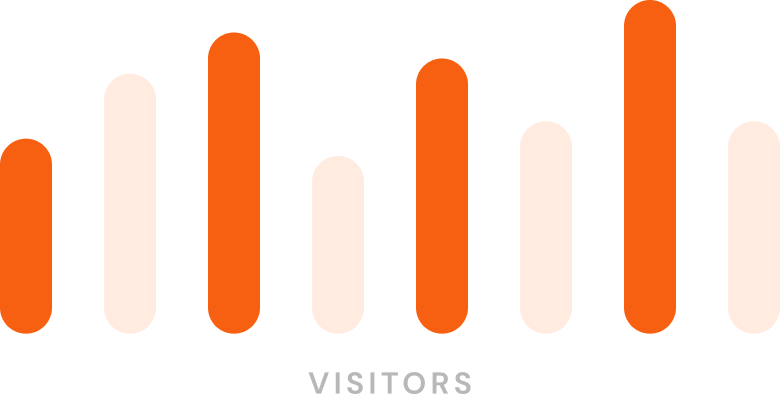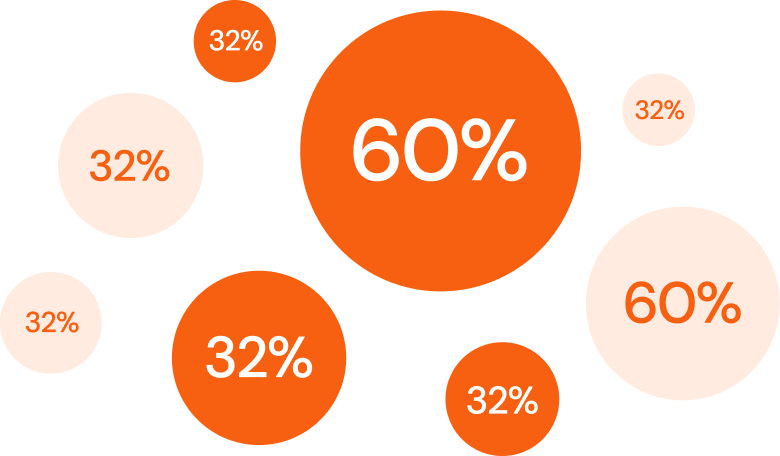Prolotherapy solutions generally contain dextrose (a sugar) and lidocaine (an anesthetic).
We Want Your Business to Succeed
Lorem ipsum dolor sit amet, consectetur adipiscing elit. Sed auctor placerat luctus.
-
Donec pretium augue et ultrices interdum
-
Nunc nulla ante, auctor non dolor vitae
-
Aliquam justo nec velit porttitor sodales


Our website revenue has increased by over 210% in only 9 months.
Richard Taylor
Founder & CEO of Hermisferio
Some Brands We Work With
Quisque aliquet, libero consequat elementum convallis.






Let’s Work Together to Create Your Perfect Marketing Strategy
Increase Visibility
Suspendisse posuere condimentum dui, in ullamcorper leo iaculis non. Maeces aliquam accumsan mauris interdum.
Get Quality Leads
Suspendisse posuere condimentum dui, in ullamcorper leo iaculis non. Maeces aliquam accumsan mauris interdum.
Monthly Reporting
Suspendisse posuere condimentum dui, in ullamcorper leo iaculis non. Maeces aliquam accumsan mauris interdum.
Grow Your Customer Base
Suspendisse posuere condimentum dui, in ullamcorper leo iaculis non. Maeces aliquam accumsan mauris interdum.
Secured Marketing Growth
Lorem ipsum dolor sit amet, consectetur adipiscing elit. Sed auctor placerat luctus.
Awards

Winner Seo Master MAGT Smart Start Award 2017

Top Social Media Agencies Next Partner 2018

10 Fastest Growing Abstract Solution Providers 2019

National Excellence Agencie Award Winner 2020

“The team at Avada Marketing Consultant is fabulous. They helped us unlock our potential online and offline. We have experienced year on year growth due to their progressive approach.”
Andreas Casey
Marketing Consultant Expert
Harness The Power
Of Social Media
Lorem ipsum dolor sit amet, consectetur adipiscing elit. Sed auctor placerat luctus.

Curabitur ac leo nunc. Vestibulum et mauris vel ante finibus maximus nec ut leo. Integer consectetur luctus dui id convallis. Sed pellentesque erat non eu auctor tortor, sit amet egestas purus.
Sed tincidunt tempor leo, vitae consequat lorem ornare ultricies. Nullam fringilla ultricies pharetra.
Curabitur ac leo nunc. Vestibulum et mauris vel ante finibus maximus nec ut leo. Integer consectetur luctus dui id convallis. Sed pellentesque erat non eu auctor tortor, sit amet egestas purus.
Sed tincidunt tempor leo, vitae consequat lorem ornare ultricies. Nullam fringilla ultricies pharetra.
Grow your Traffic
Nullam et cursus neque, eget fringilla dolor, curabitur ac leo nunc. Vestibulum et mauris vel ante finibus.

Increase your sales
Nullam et cursus neque, eget fringilla dolor, curabitur ac leo nunc. Vestibulum et mauris vel ante finibus.

What problem are you trying to solve?
The Joint and Spine Institute is conveniently located in the heart of Beverly Hills just minutes from world-class shopping, award-winning dining, and 5-star accommodations.
The Joint and Spine Institute
9730 Wilshire Blvd. Suite #110
Beverly Hills, CA 90212
Neural Prolotherapy was developed by New Zealand physician Dr. John Lyftogt, who has been using this method to treat musculoskeletal injuries and various pain conditions over the last decade with outstanding results.
The theory behind Neural Prolotherapy is based on “Hilton’s Law”, named after British surgeon Dr. John Hilton. An extraordinary anatomist, Dr. Hilton noted that the nerve that innervates a joint also innervates the skin overlying that joint and the muscles that move that joint. Using this simple model, Dr. Lyftogt hypothesized that irritation to a nerve that supplies sensation to the skin over a joint may also cause dysfunction and pain to the muscles and tissue around that joint.
It has long been known that dextrose in traditional prolotherapy promotes healing in connective tissues such as ligaments and tendons. Because nerves also contain connective tissue, Dr. Lyftogt postulated that dextrose could allow for the same healing in nerves. He injected small amounts of dextrose under the skin which resulted in decreased swelling, reduced pain, and improvement of function.
Dr. Lyftogt postulated that restoration of subcutaneous nerve function (those just beneath the surface of the skin) will lead to healing in deeper structures and reduction in pain. This method to treat musculoskeletal injuries and pain conditions has been used over the last decade with outstanding results, and Neural Prolotherapy is now being taught around the world.
Neural Prolotherapy is effective in treating nerve pain associated with injuries to joints, muscles, tendons, and ligaments. Treatment areas include the neck, back, knee, shoulder, hip, elbow, wrist, hand, foot, and ankle.
Neural Prolotherapy has also been shown to be effective with chronic pain after surgical procedures such as total knee replacements and Failed Back Surgery Syndrome. These patients often find relief when other traditional treatment options have failed.
When tissue is injured, it causes a release of pro-inflammatory substances (e.g. Bradykinin, Prostaglandins) that activate a channel on nerves called the “Transient receptor potential V1” (TrpV1) cation channel, also known as the capsacin receptor. When this channel is turned on, it results in nerve release of substances that cause inflammation (substance P and calcitonin gene related peptide (CGRP)) leading to leaky blood vessels (swelling), hypersensitivity, and painful sensations.
It is postulated that dextrose and mannitol, the active ingredients of Neural Prolotherapy, bind to and inhibit the TrpV1 nerve receptors, preventing this cascade and restoring normal nerve function.
The concept of creating irritation or injury in order to stimulate healing dates back to Roman times where hot needles were inserted into the shoulders of injured gladiators.
In the US, Prolotherapy originated in the 1950s by American surgeon Dr. George Hackett who used a sclerosing agent in weakened or elongated ligaments to make them stronger. Hackett reasoned that if weak ligaments were the cause of most joint and ligament pain, strengthening them would resolve the pain. He was quite successful, publishing 16 articles and a textbook on his procedure, and claiming an overall 80% success rate. In 1955, Dr. Gustav Hemwall became acquainted with George Hackett at a medical meeting and started practicing prolotherapy shortly thereafter. Dr. Hemwall is regarded as a pioneer of Prolotherapy, and taught the treatment to numerous physicians until his passing in 1998.
Learn How We Have Helped Leading Organizations

“The team at Avada Marketing Consultant is fabulous. They helped us unlock our potential online and offline. We have experienced year on year growth due to their progressive approach.”






